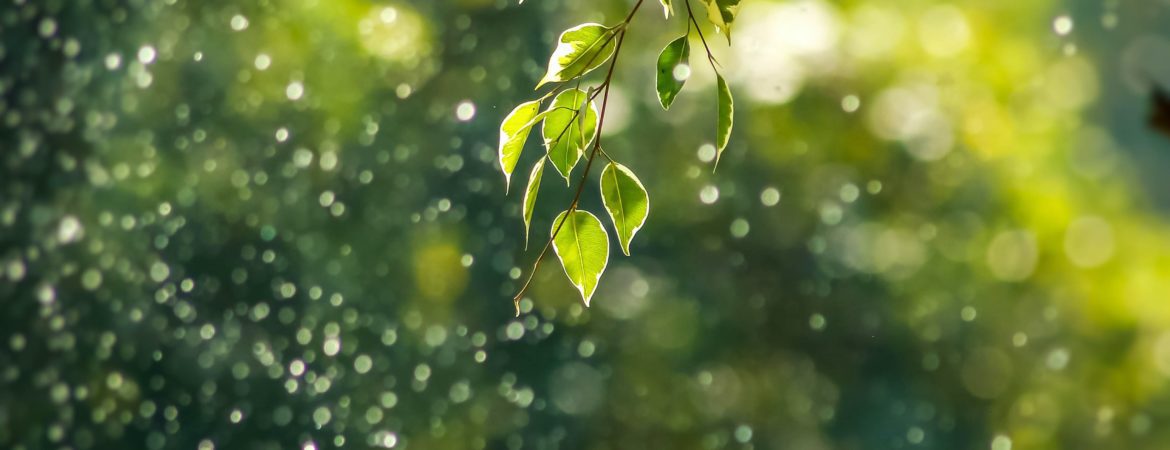
Clear goals for 2035
Whilst we have big ambitions, we’ve started modestly. Because we always want to able to live up to what we say. One of our goals is to place sustainability higher on the agenda in the furniture industry. We obviously can’t do this alone, which is why we work closely with various partners. We don’t pretend to be perfect. We’ve therefore embarked on a transparent journey. Our goals force us to keep taking new steps.
What we do
We’re reducing the environmental impact of our business, which means reducing our carbon footprint. Our main goal is to have a fully circular product range by 2035. Five years before that, we aim to have achieved a 50% reduction in our supply chain CO2 equivalent emissions compared to 2018.
Given that we look at the impact throughout the chain, we’re asking a lot from our partners. The fact is that they’re responsible for the processes with the highest environmental impact. We’re therefore asking them to become more sustainable in various different ways. Examples of processes:
- an innovative manufacturing process: recycled yarns.
- Dyeing processes: the partners with which we work don’t use dyes but instead use separation processes to achieve the desired colours.
- Sustainable packaging: the majority of our suppliers use sustainable packaging, such as partially recycled plastic or cardboard. We also encourage them to continue to develop these innovations.
- Transportation: a very important aspect. We’re working intensively with our partners to reduce the number of flight movements. This can be achieved by maximising planning efficiency.
If we ask a lot of our partners, we obviously can’t exempt ourselves from the same demands. So we’ve set some goals for ourselves.
- Product design improvement: consideration of the entire life cycle of a product, circular by design.
- Clean energy: our building meets the highest insulation and energy consumption requirements. It is already carbon positive given all the solar panels on the roof, meaning we feed energy back to the grid.
- Waste stream management: we tackle our waste stream in various ways. We separate waste, for example, and in 2022 we joined forces with Frankenhuis on a project to downcycle our waste stream into punchbag padding and pressed hardboard for the car industry. Frankenhuis also reduces the residues into fibres, which can then be reused to make new fabrics. Internally, we have initiated a zero waste management project to deal with all the waste in and around the building. We also try to avoid single use plastic.
- Sustainability of transport and mobility: our goal is to have an all-electric fleet by 2025.
- Sustainability of product marketing: the information we provide is increasingly in digital format. When we do provide it in print, we do so on 100% post-consumer recycled paper. Our samples are efficiently designed and feature a 100% recycled and recyclable “greencast” cap with hook. In addition, our samples are packaged with FSC certified cardboard. Fun fact: our banners are made from our own sustainable fabrics.